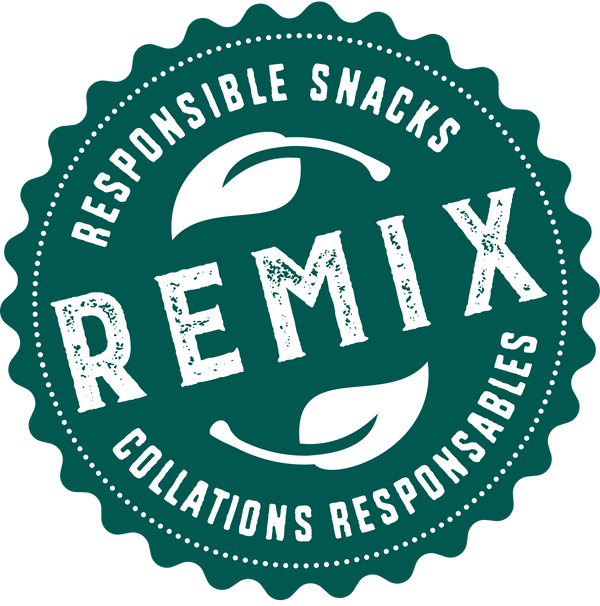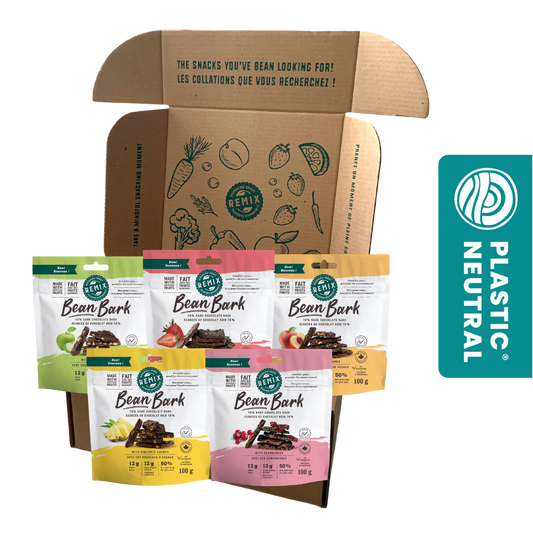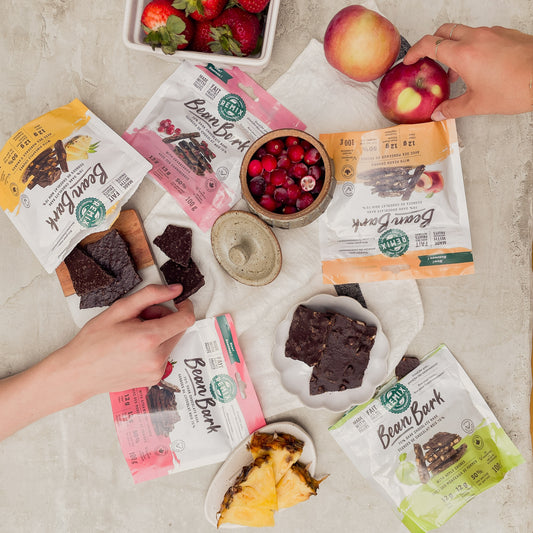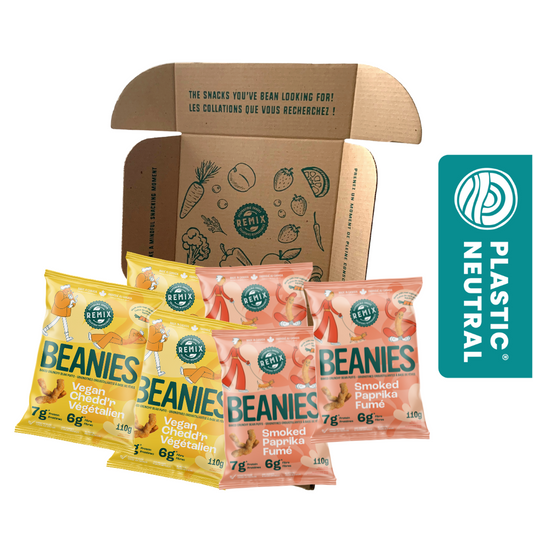Written by: Aviva Rappaport , Jan 2022
The difference between plant and animal protein
Protein is an essential nutrient for our bodies (Government of Canada, 2019). Protein is found in the body’s muscles, bones, organs, and hair. In addition to providing us with energy, protein is involved in blood clotting, fluid balance, and metabolism (Nelms & Sucher, 2015).
Proteins are large structures made up of building blocks called amino acids. There are 20 different amino acids. These building blocks are classified as being essential or non-essential. Non-essential amino acids can be made in the body. However, essential amino acids must come from food (Brown, 2018).
Protein can come from animal and plant foods, but differences exist in quality and the digestibility. Almost all protein from animal foods are complete proteins. Complete proteins contain all the essential amino acids (can’t be made in the body). Animal protein can be found in poultry, red meat, fish, eggs, dairy products, and processed meat.
Plant proteins are almost always incomplete. Incomplete proteins are lacking in some essential amino acids, or they are present in very small amounts. Plant proteins come from legumes, nuts, seeds, and whole grains. While vegetables and fruits can contain protein, it is in small amounts. There are some complete plant proteins such as, soybeans, quinoa, and amaranth (Brown, 2018).
Did you know that soybeans, quinoa, and amaranth are plant proteins that contain all essential amino acids.
The good news is that it’s possible to make a complete protein by combining plant foods in a meal. If you are wondering which plant foods make a complete protein, try these combinations:
|
Food group |
Eat with |
Recipe example |
|
Legumes (ex. lentils, beans) |
Grains (ex. rice), nuts (ex. walnuts), seeds (ex. hemp) |
Lentil tacos |
|
Grains (ex. oats, barley, wheat) |
Legumes (ex. peas, mung bean) |
Savory oatmeal |
|
Nuts & seeds (ex. peanut butter, chia seeds) |
Grains (ex. whole grain bread) |
Almond butter & banana sandwich |
|
Vegetables (ex. potato, Brussel sprouts) |
Grains (ex. quinoa), nuts (ex. pistachio), seeds (ex. pumpkin seeds) |
Quinoa salad |
|
Vegetables (ex. corn, edamame) |
Legumes (ex. mung beans, chickpeas, kidney beans) |
Shepherd’s pie |
 Photo of lentil tacos by Desiree Nielsen from desireerd.com
Photo of lentil tacos by Desiree Nielsen from desireerd.com
How much protein do we need?
The Government of Canada suggests adults need about 0.8 grams of protein per kilogram of body weight. The box below is an example of how to calculate your estimated protein requirements. The example calculation is based on a weight of 160 pounds.

While 58 grams of protein may seem like it a lot, it is easy to achieve if you are eating whole foods. Even snack foods can be a good source of protein. One serving of our chocolatey Bean Bark contains 5 grams of protein! If you are looking for dinner options that contain protein, check out the table below for a few examples.
You may be wondering if you can go above your estimated protein needs per day. The short answer is yes. In fact, research suggests that protein requirements are underestimated (Elango et al.).
|
Plant food |
Protein quantity |
Animal food |
Protein quantity |
|
3/4 cup cooked oatmeal |
4 grams |
1 egg |
6 grams |
|
2 tbsp peanut butter |
7 grams |
1 cup 2% milk |
8.5 grams |
|
2 tbsp hemp seeds |
7 grams |
75 g beef salami |
10 grams |
|
½ cup raw tofu |
12 grams |
50 g cheese |
12 grams |
|
½ cup cooked edamame |
12 grams |
75 g cooked salmon |
17 grams |
|
¼ cup pumpkin seeds |
17 grams |
75 g cooked regular ground beef |
19 grams |
|
1 cup cooked lentils |
19 grams |
75 g cooked chicken |
22 grams |
*Data from the Canadian Nutrient File (Government of Canada, 2021)
What are the benefits of plant protein?
There are many health and environmental benefits of plant protein. For the environment, agriculture accounts for 24% of all greenhouse gas emissions. Similarly, livestock are the highest global producer of methane and nitrous oxide (Harwatt, 2019). Following a plant-based diet is one of the most effective solutions an individual can take to create positive change on the planet (Wynes & Nicholas, 2017). This doesn’t mean you only need to eat plant-based proteins. Eating a diverse diet that includes plant proteins is beneficial for the planet!
Plant protein contains more fibre and less saturated fat than animal protein. Following this dietary pattern can have a positive health benefit (Government of Canada, 2020). In fact, replacing animal protein with plant protein was associated with lower risk of death (Song et al., 2016).
For the greatest impact on health and the environment, it is important to consider the level of processing. Plant-based fake meats have a bigger negative impact on the environment than dried legumes (McGee, 2022). Similarly, these products often have additives and many ingredients making them convenient, palatable, and profitable. Research has shown that a diet high in ultra-processed foods is associated with negative health consequences (Monteiro et al., 2019). Next time you’re at the grocery store looking for plant based protein don’t forget to try a new plant protein recipe. You can also purchase our Bean Bark or Beanies at the grocery store nearest you! Made with 70% dark chocolate Bean Bark is a great snack option as it is high in fibre, iron, and plant protein! Similarly, our newest product, Beanies, are a complete plant protein made from mung beans and sorghum!
References
Brown, A. C. (2018). Understanding food: principles and preparation (Sixth Edition ed.). Cengage learning.
Elango, R., Humayun Ma Fau - Ball, R. O., Ball Ro Fau - Pencharz, P. B., & Pencharz, P. B. Evidence that protein requirements have been significantly underestimated. (1473-6519 (Electronic)).
Government of Canada. (2006). Dietary Reference Intakes. Health Canada,. https://www.canada.ca/en/health-canada/services/food-nutrition/healthy-eating/dietary-reference-intakes/tables/reference-values-macronutrients-dietary-reference-intakes-tables-2005.html
Government of Canada. (2019). Protein. Health Canada https://www.canada.ca/en/health-canada/services/nutrients/protein.html
Government of Canada. (2020). Eat protein foods (Canada’s food guide, Issue. https://food-guide.canada.ca/en/healthy-eating-recommendations/make-it-a-habit-to-eat-vegetables-fruit-whole-grains-and-protein-foods/eat-protein-foods/
Government of Canada. (2021). Canadian Nutrient File (CNF) - Search. https://food-nutrition.canada.ca/cnf-fce/index-eng.jsp
Harwatt, H. (2019). Including animal to plant protein shifts in climate change mitigation policy: a proposed three-step strategy. Climate Policy, 19(5), 533-541. https://doi.org/10.1080/14693062.2018.1528965
McGee, M. (2022). Those fake-meat hamburgers might not be a planet-saver after all. Toronto Star. https://www.thestar.com/news/insight/2022/01/23/those-fake-meat-hamburgers-might-not-be-a-planet-saver-after-all.html
Monteiro, C. A., Cannon, G., Lawerence, M., Costa Louzada, M. L., & Pereira Machado, P. (2019). Ultra-processed foods, diet quality and health using the NOVA classification system. https://www.fao.org/3/ca5644en/ca5644en.pdf
Nelms, M., & Sucher, K. P. (2015). Nutrition therapy and pathophysiology (Vol. 3rd Edition).
Song, M., Fung, T. T., Hu, F. B., Willett, W. C., Longo, V. D., Chan, A. T., & Giovannucci, E. L. (2016). Association of Animal and Plant Protein Intake With All-Cause and Cause-Specific Mortality. JAMA internal medicine, 176(10), 1453-1463. https://doi.org/10.1001/jamainternmed.2016.4182
Wynes, S., & Nicholas, K. A. (2017). The climate mitigation gap: education and government recommendations miss the most effective individual actions. Environmental Research Letters, 12(7), 074024. https://doi.org/10.1088/1748-9326/aa7541





